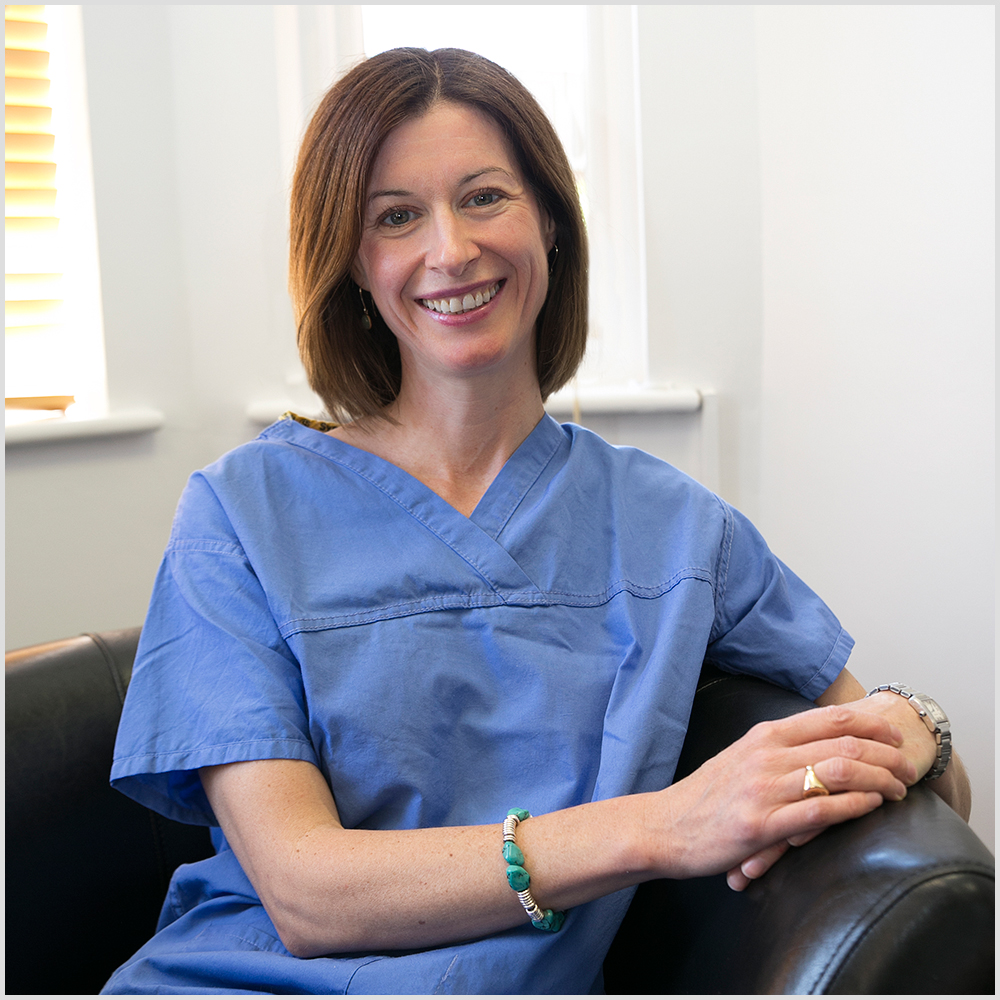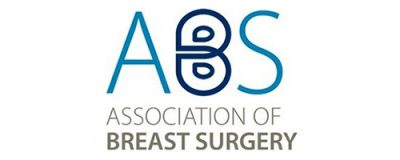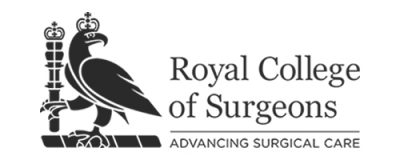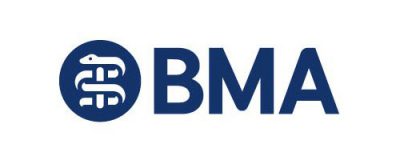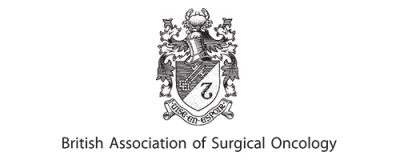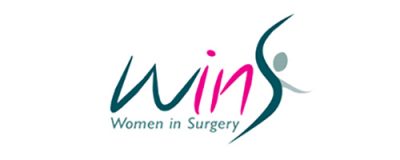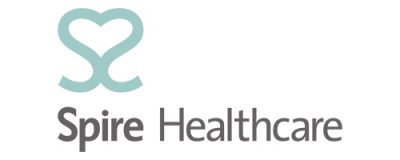TEENAGE BREAST QUESTIONS AND ANSWERS
Breast disorders occurring in paediatric patients range from congenital conditions to neonatal infections and from benign disorders such as fibroadenomas to cysts. As a mother herself, Miss Mullan is particularly sensitive to girls going through puberty at this time, and she has found that teenage girls particularly like to be seen by a female doctor.
Women’s breasts come in many shapes and sizes. There is no perfect shape or size for breasts. Normal breasts can be large or small, smooth or lumpy, and light or dark. Your breasts will change throughout your adult life.
Your breasts start growing when you begin puberty. During puberty the hormone levels in your body change. This causes your breasts to develop and your periods to start. Many factors affect when you are going to begin puberty and develop breasts, including heredity (the way certain characteristics are passed down from generation to generation), weight, exercise, nutrition, stress, and chronic illnesses.
The inside of your breasts is made up of fatty tissue and milk-producing tissue. The dark area of your breast around your nipple is called the areola. As your body starts to mature, a small lump grows under the areola and nipple. This lump is called the breast bud. As the buds get larger and rounder, the breasts grow.
As your breasts develop, the areolae get bigger and darker. Areolae and nipples can range in colour from light pink to light grey depending on your skin colour.
Your breasts start growing when you hit puberty and the hormone levels in your body change, causing your breasts to develop and your menstrual periods to start. You may also start to get a little acne and will develop pubic hair.
Most girls’ breasts begin growing when they are about 9 or 10 years old, but some girls may start developing breasts earlier or later than this age. Your friends may have bigger or smaller breasts than you: remember you are unique!
Most teenagers’ breasts will finish growing between the ages of 16 to 18. If you started to develop breasts at a young age, it doesn’t necessarily mean you will have bigger breasts than someone who starts to develop breasts at a later age. Remember to make sure your bras fit properly!
No. It’s normal for some girls to start to develop breasts when they’re 8 or 9 years old, while others don’t start until they’re 11 or 12. Every girl has her own “clock” that her body follows. For example, girls who do lots of sport may go through puberty later than their friends who are not so active. Even if your development is normal, it can be hard if you seem to be either the first or the last one to develop breasts. Talk to a parent or an adult that you trust and tell them how you are feeling. If you develop early, remember that all the other girls in your class will soon catch up with you.
It’s important to talk with your doctor if you haven’t started any signs of getting breasts by the time you are 13.
Often, if your mum has larger breasts, you might have similar sized breasts when you finish puberty (“heredity”). However, your breasts will change throughout your life. For example if you get pregnant later on, your breasts will get bigger as they fill with milk for the baby. Also if you put on weight or lose weight, your breasts will change shape. Remember no creams or tablets will make your breasts bigger. A lot of teenagers feel pressure from social media, the internet and people around them to have the “perfect” pair of breasts. Talk to an adult if you are worried about the shape and size of your breasts.
NORMAL BREAST DEVELOPMENT
It’s very common for your breasts to grow at different rates while they’re developing. Usually, they’ll look about the same size by the time you’re 18. Occasionally, once you’ve gone through puberty and your breasts have finished growing, one breast can be noticeably different (by more than a cup size) to the other breast. We call this asymmetry.
If you are worried about differences in your breast size, you may want to buy a “filler” to go into your bra or swim suit, to help out the smaller breast. Fillers can be bought online or in specialist bra shops. My Breast Care Nurse can also see you to fit you for a filler.
You can also ask your GP to send you to a specialist breast surgeon, as sometimes we have to consider surgical options, such as reducing your bigger breast, or enlarging your smaller breast.
If your breasts are very large, these tricks can help minimise the problem:
•First, make sure you have a really well fitted bra. All the big department stores offer both a measuring and fitting service. Just ring them up or book an appointment on line.
eg. www.marksandspencer.com/s/lingerie/be-inspired/bra-fit-appointment-booking-tool
It may be that you need to wear a sports bra even if you’re not doing sports on a daily basis. If you get a bra with “wires” in, the wires need to sit comfortably on the chest wall and not creep up onto the breast tissue. Wide straps are helpful too.
•If you are overweight, by losing a little weight, you may find your breasts become a bit smaller.
•The last option is to consider having a breast reduction. This is a big decision to make, and something which, if you come to see me, I will spend time talking to you (and your parents) about. I would always want to see you at least twice before listing you for this operation.
These bumps are normal. The medical term for them is “Montgomery tubercles.” However, if the bumps become red and sore, you will need to see a doctor, as you may be developing an infection.
If your breasts grow very fast, such as during puberty or pregnancy, red lines can appear on the skin of the breast tissue. This is normal. Other places where you may get stretch marks are on your thighs, bottom or hips. The red colour fades and lightens over time, becoming less noticeable. Remember: most women will have some stretch marks, and they are less noticeable than you think!
Usually, yes. If your breast becomes red and swollen, this can be a sign of an infection, which is usually easily treated by antibiotics. You may need a breast ultrasound scan if you have a lump as well as redness, just to check you don’t have an abscess underneath the skin.
If there is an area of dry red skin on your breast, you may just have some eczema. This can be sorted out by using certain creams prescribed by your doctor. If you have heavy breasts, you may get a sweat rash underneath your breasts. This can be minimised by wearing cotton bras but you may need some special cream from your GP to clear up the infection in the first place.
Other tips that you can try if your breasts are really sore, is to cut down on caffeinated drinks and get out of your push up underwired bras. Non-wired crop tops or sports bras tend to be more comfortable. Older teens may want to try Evening Primrose Oil or Starflower Oil capsules that can be bought from the health food shops, supermarkets or the chemist.
Tell an adult that you trust that you have found a lump. They should organise for you to see your family doctor. Sometimes your GP will make you wait for a menstrual period, to see if the lump disappears. If the lump is still there, they will want you checked out by a breast specialist.
If you come to my clinic, I will see you along with the adult who brought you and my breast care nurse. We usually get a special scan called an ultrasound to check out if the lump is liquid (a cyst) or solid (a fibroadenoma). These lumps are NOT breast cancer. Occasionally I may have to put a needle into your breast to take a small sample of tissue, but the breast is made numb first using an anaesthetic, so you don’t feel any pain.
Discussion with Michelle is important to answer any questions that you may have. For information about any additional conditions not featured within the site, please contact us for more information.

